
Turbulent times - Geopolitical crises in the zeitgeist of social change
The war in Ukraine, the energy crisis, the supply chain crisis, inflation and the associated rise in interest rates, as well as climate change are the buzzwords currently dominating the headlines. And the Corona pandemic is even taking a back seat, although it is far from over and the number of cases is rising again. The frequency of crises is increasing immensely and the negative influences are becoming more dramatic. It seems as if the permanent crisis mode has become the new reality. This is not a pleasant state of affairs for many companies, which had actually been expecting a recovery phase after the lockdowns of the Corona pandemic. Growth forecasts were revised downward across the board by the International Monetary Fund and other economic institutes. Central banks have reversed the trend and the era of “cheap” money and endless growth stories has come to an end. Capital costs money again, and rising interest rates are making expansion and growth programs more difficult for companies.
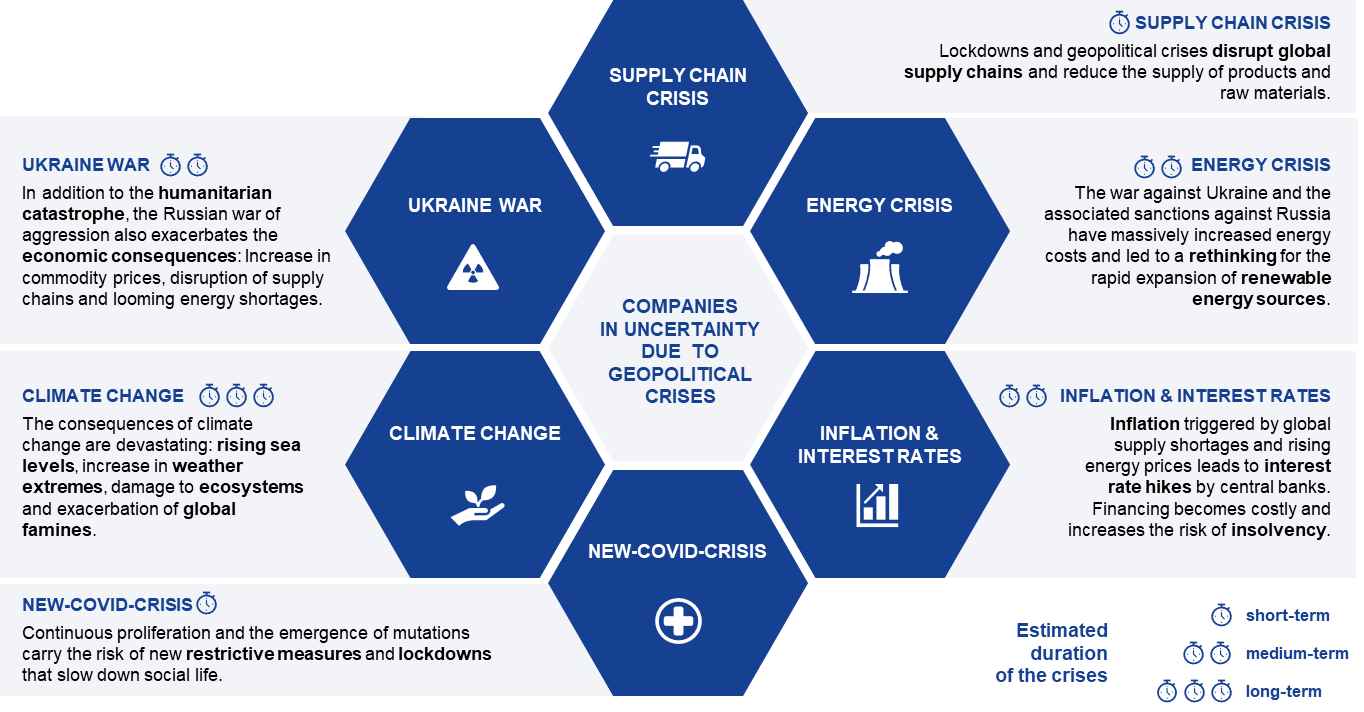
Figure 1: Companies in uncertainty due to geopolitical crises
Not only the current trouble spots and the resulting implications are a challenge for companies, but society is also in the spirit of change and imposes further demands on companies. Sustainability is becoming increasingly important and companies must ensure a sustainable value creation process. The shortage of skilled workers in some industries is driving up labor costs, adding to the workload of the current workforce and jeopardizing competitiveness and innovation due to lost orders. In addition, there are new work concepts, dealing with Generation Z and increasing academization and urbanization.
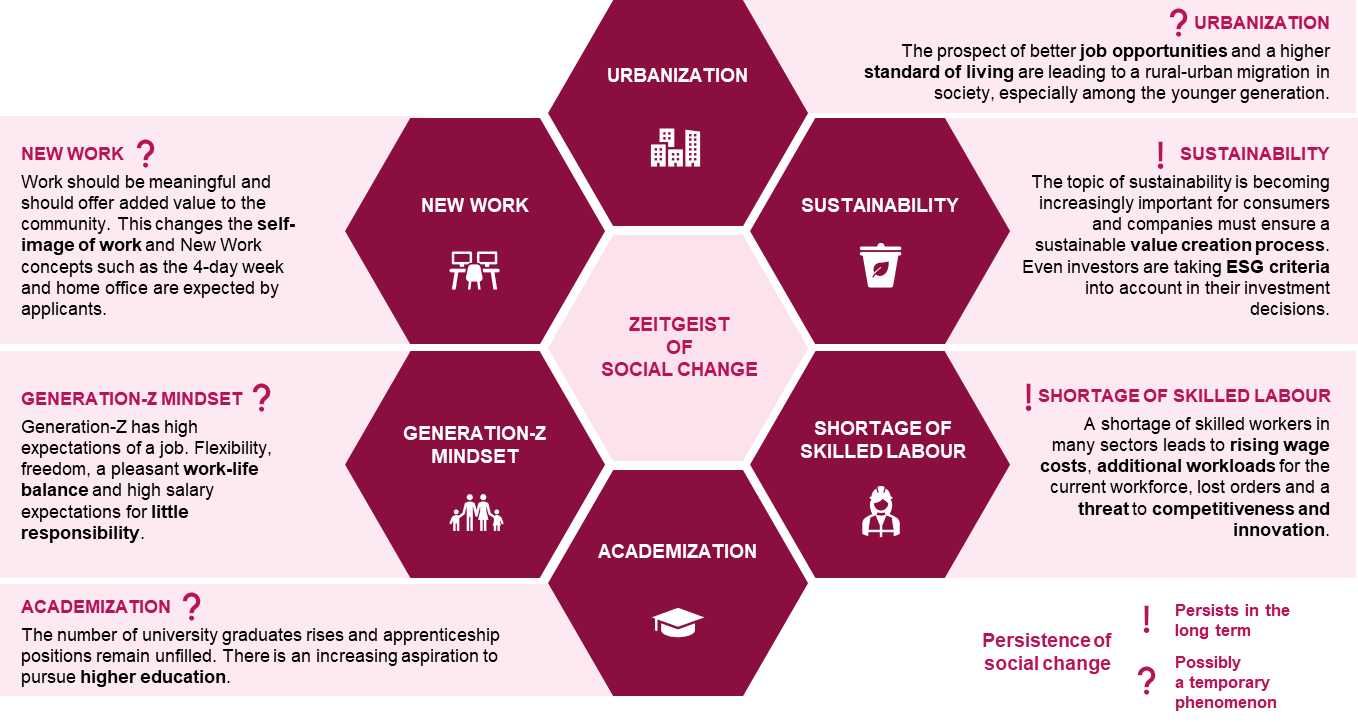
Figure 2: Zeitgeist of social change
Efficiency enhancements and cost savings must now become the focus in order to survive the current crisis phase and start strengthened into the growth phase that will hopefully soon emerge. A combination of classic and digital transformation secures short-term thinking and frees up space for initiating medium- and long-term growth initiatives.
Increasing crisis resilience through classic transformation
Classic transformation pursues the goal of securing the company’s short-term superiority and regaining a competitive position on the market in the medium to long term. The areas of action are divided into strategic, operational, structural and financial transformation.
The goal of strategic transformation is to sustainably establish a competitive position and the ability to generate returns. The corporate goals, strategy and vision are realigned. This has implications for the current business model, business areas, market segments and the product and investment portfolio. The information relevant for the decisions is determined via market and competitor analyses. The objectives of the operational transformation are to improve the earnings situation, reduce capital employed and improve liquidity. Benchmarks are used to define restructuring targets and serve as a yardstick for measuring progress. Orientation is given to best practices in order to target a better performance than the competition (outperformance).
Structural transformation focuses on optimizing the entire corporate structure. This includes the organizational structure and the quality of personnel as well as the closure of production sites. The establishment of a management and control system with decision-oriented reporting is also an element of structural transformation. The aim of financial transformation is to improve the equity structure and secure liquidity. In the short term, the aim is to ensure survival by taking measures to avoid the threat of insolvency. In the medium and long term, the goal is to create a healthy equity structure. Financial restructuring is an important prerequisite for implementing operational, structural and strategic restructuring, as it provides the necessary financial resources.
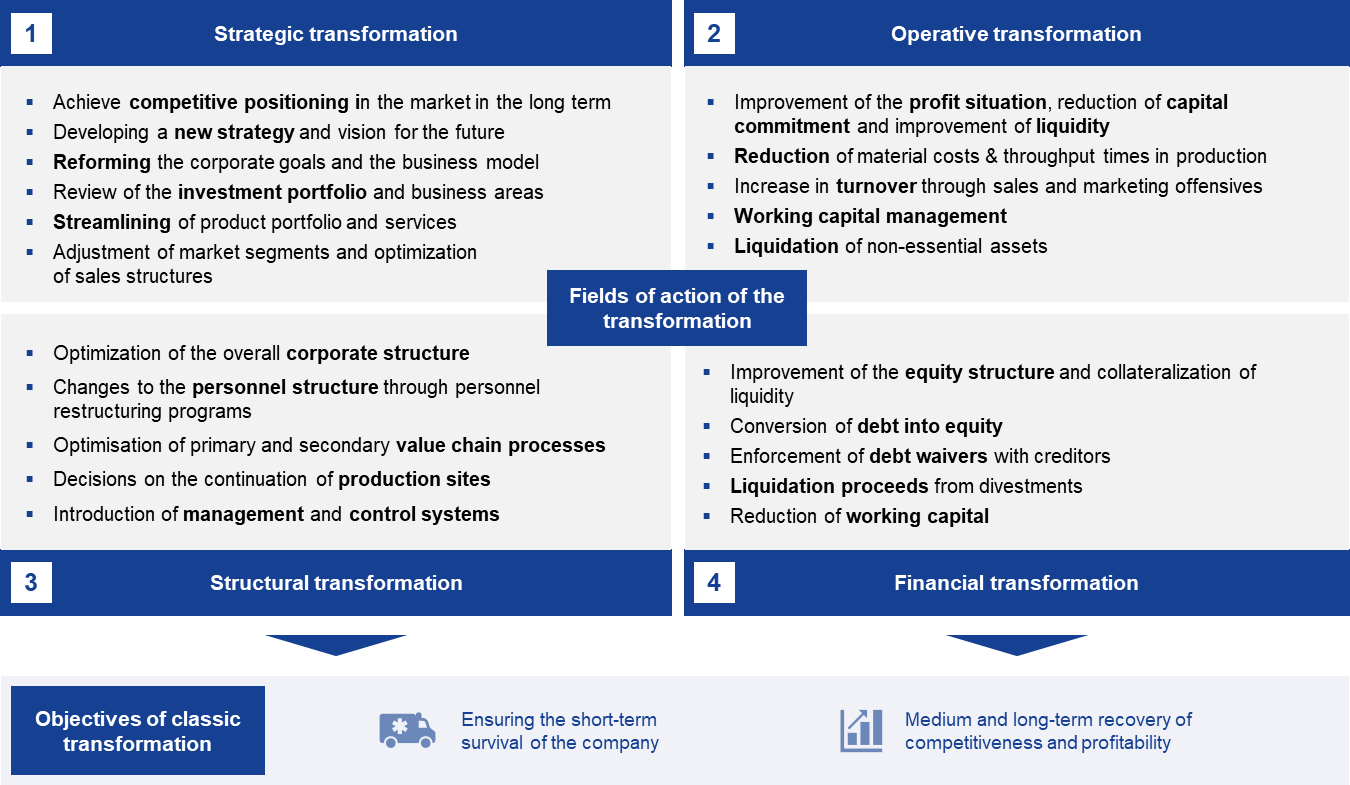
Figure 3: Fields of action of the transformation
Achieving efficiency impulses through digital transformation
Digital transformation enables optimization of the value chain in terms of efficiency gains and the activation of new growth impulses. Efficiency initiatives take effect initially in order to gain liquidity and investment capital for accompanying growth initiatives with the help of quick wins. Digital operational excellence begins with an analysis of the digital maturity of the value chain. Growth initiatives include adapting the business model in the direction of a platform business model / platform economy, developing an E-Commerce distribution strategy or establishing a digital sales center. All projects are accompanied by project management that combines both agile and traditional project management methods in order to be able to react flexibly in dynamic times.
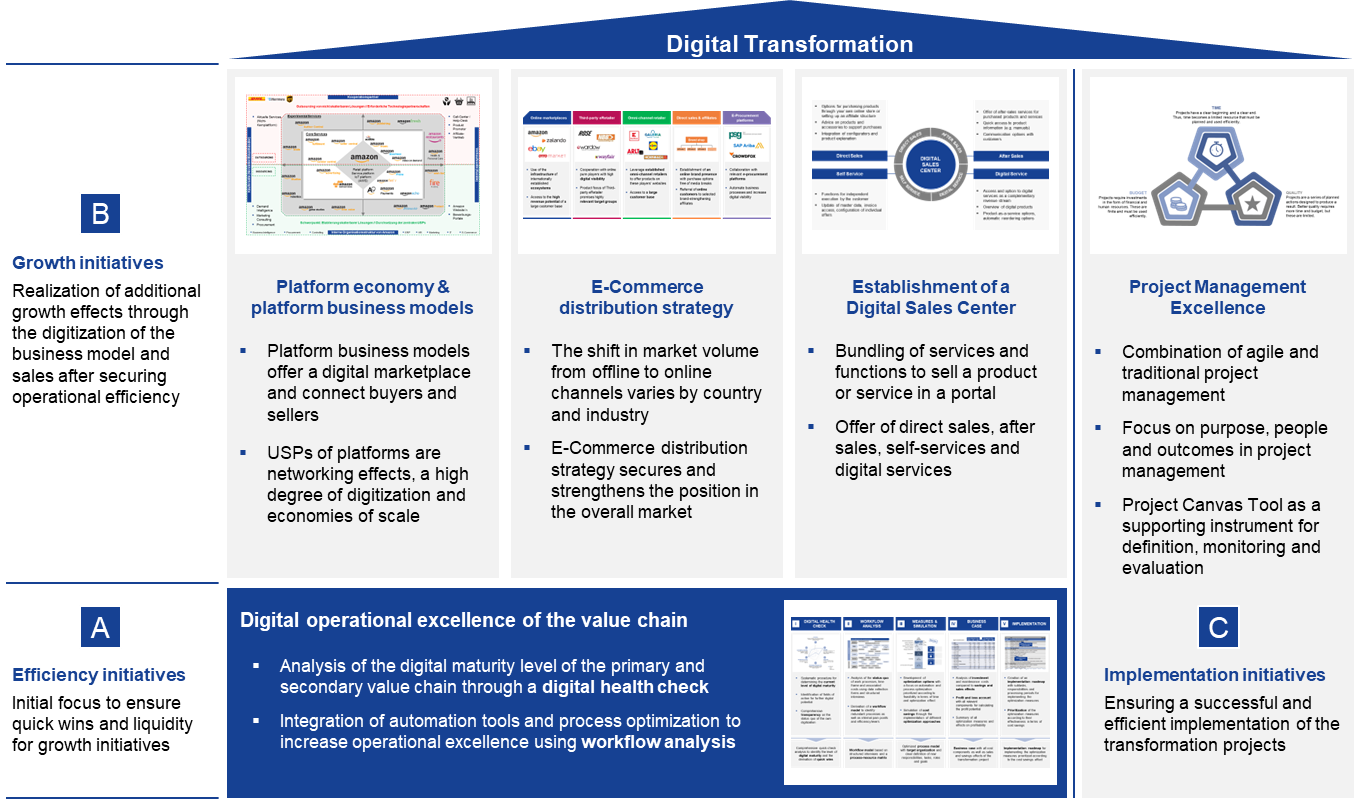
Figure 4: Initiatives of the digital transformation
A Efficiency initatives
Five phases must be completed to achieve digital operational excellence. A digital health check provides information about the digital maturity of the company and offers initial quick wins for implementation from the initial analysis. An in-depth workflow analysis looks at all value creation processes and presents optimization measures with a focus on automation and process optimization. Cost savings simulations are used to quantify the effects of individual optimization measures. The total savings potential as well as the required investments of the transformation project will be summarized in a business case and an implementation roadmap with prioritized steps will be developed. The optimizations will not only focus on cost savings, but will also take into account additional revenue potential from optimizations in sales, for example.
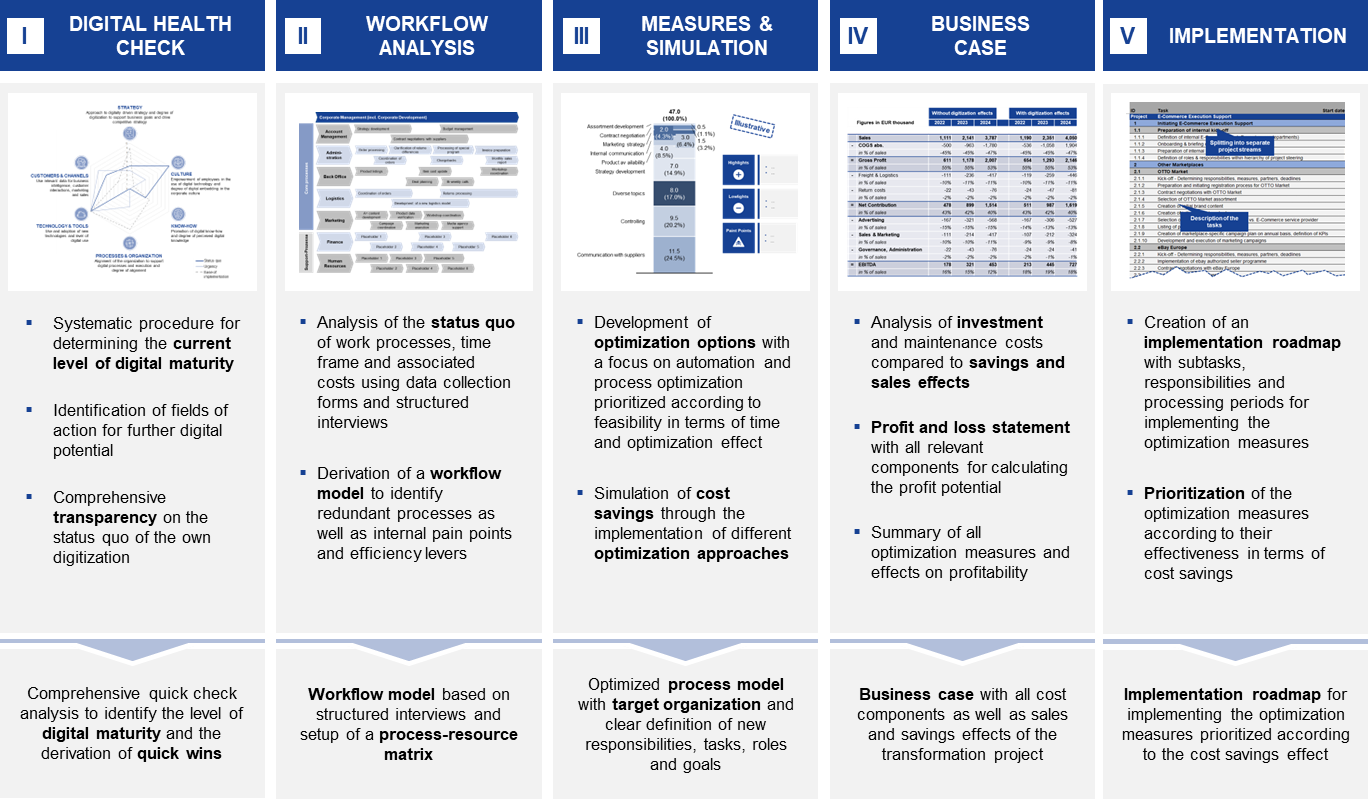
Figure 5: Efficiency impulses through digital transformation
B Growth initiatives
Once the value chain has been assessed in the context of digital operational excellence and optimization has been initiated, additional growth impetus can be gained through digitization. One option is to realign or supplement the existing business model in the direction of a platform business model. Networking effects, a high degree of digitization and economies of scale are enormous advantages of platforms. In addition, an E-Commerce distribution strategy secures and strengthens the position in the overall market. This is necessary due to the continuous shift in market volume from offline to online channels. New, agile online players are continuously taking market share from established providers. In order to serve customers more optimally – both in the B2C and B2B segments – the establishment of a digital sales center is suitable. Services and functions related to the sale of a product or service are bundled in an online portal and offer new revenue streams.
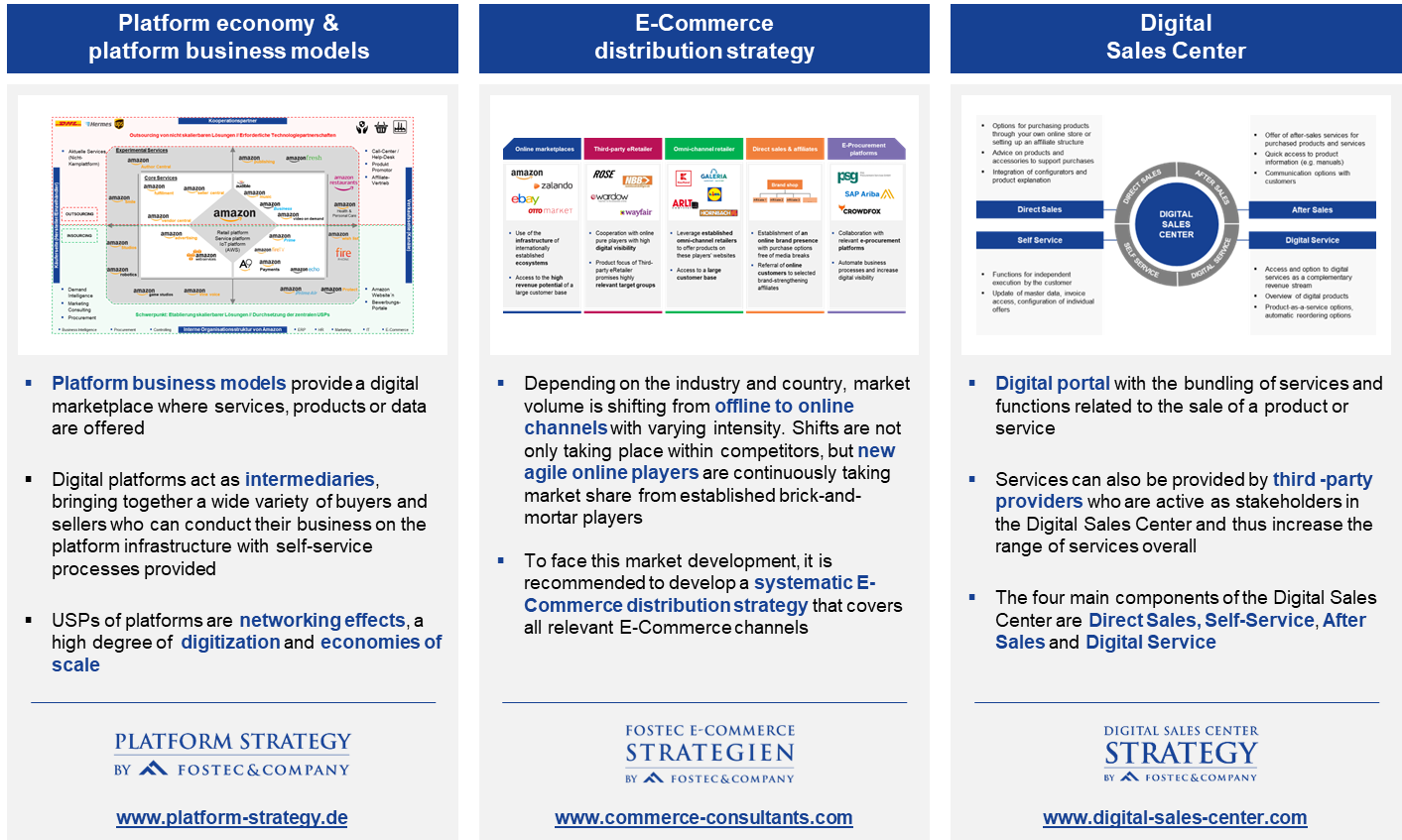
Figure 6: Accompanying growth initiatives
C Project Management Excellence
While the ongoing business operations of a company ensure that the company is kept alive, projects serve to secure the future, as they drive corporate change and are characterized by innovation, agility, transformation and a longer-term perspective. Projects always face conflicting goals of time, money and quality. In addition, they are subject to numerous risk factors, including poor or inadequate project management. Especially against this background and the fact that worldwide only 35% of all projects are successful, the focus should be on a qualified and structured project management.
Project management ensures that the result delivers added value for the company. It leads the project team and develops project plans to provide the individual project members with tasks and work towards the project goal. In order not to neglect the quality aspect in the face of budget and time pressure, project management is responsible for quality controls, identifies potential risks and ensures transparent communication among all stakeholders.
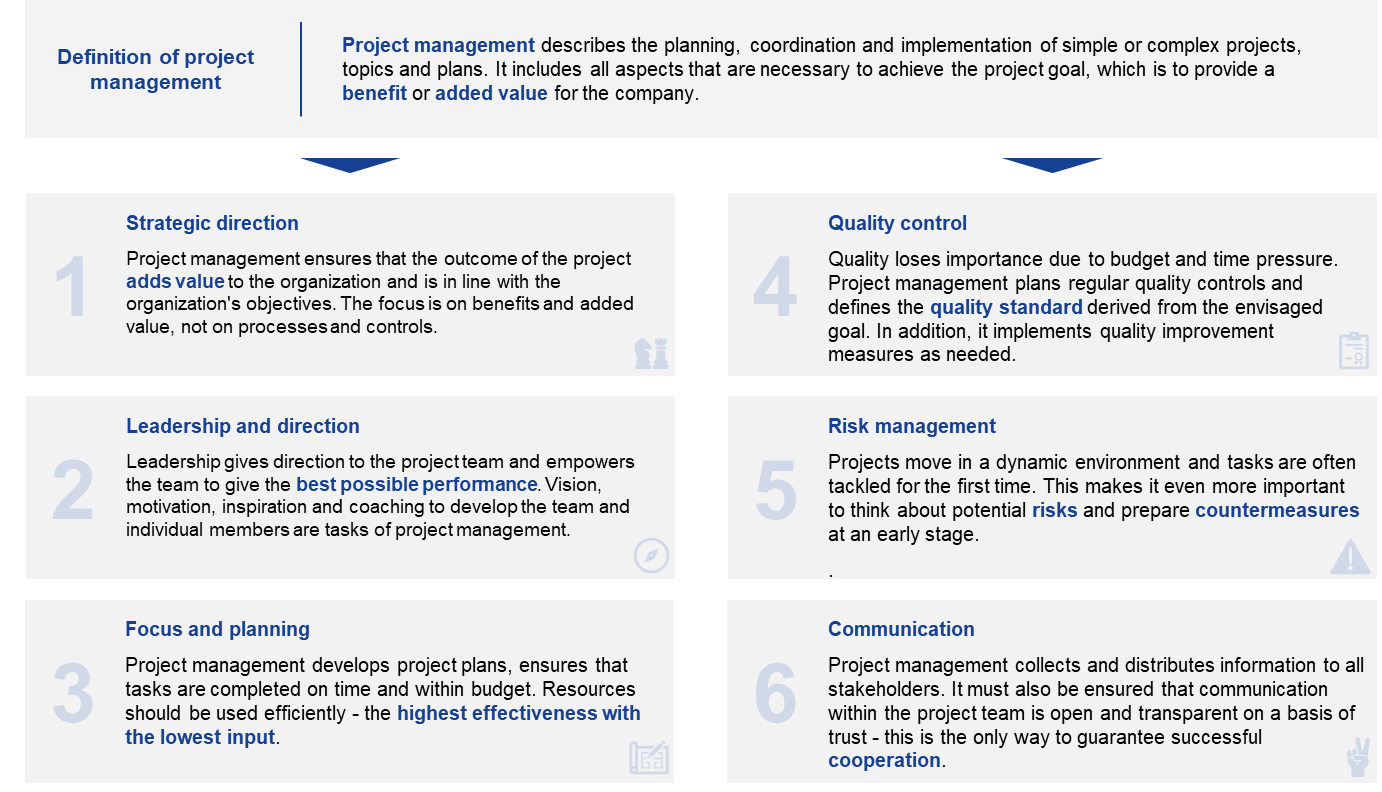
Figure 7: Importance of project management
Successful project management is becoming a differentiator for outstanding companies. For this, project managers and executives must master solid project management skills and the added value and benefits of the project must be clear, as must the link to the company’s goals. Competencies in leadership and change management as well as agile and adaptive techniques are prerequisites for successful project management.
FOSTEC & Company supports the implementation of efficiency and growth initiatives with many years of project management experience. Further information is compiled in detail in the Project Management Excellence competence area.
Your contact for further questions regarding our Strategic Transformation Consulting Services:

Markus Fost, MBA, is an expert in e-commerce, online business models and digital transformation, with broad experience in the fields of strategy, organisation, corporate finance and operational restructuring.
Learn moreMarkus Fost
Download our dossier “Efficiency offensive through digital transformation”.
Please provide your name and e-mail address to receive an e-mail with the according PDF file free of charge.






